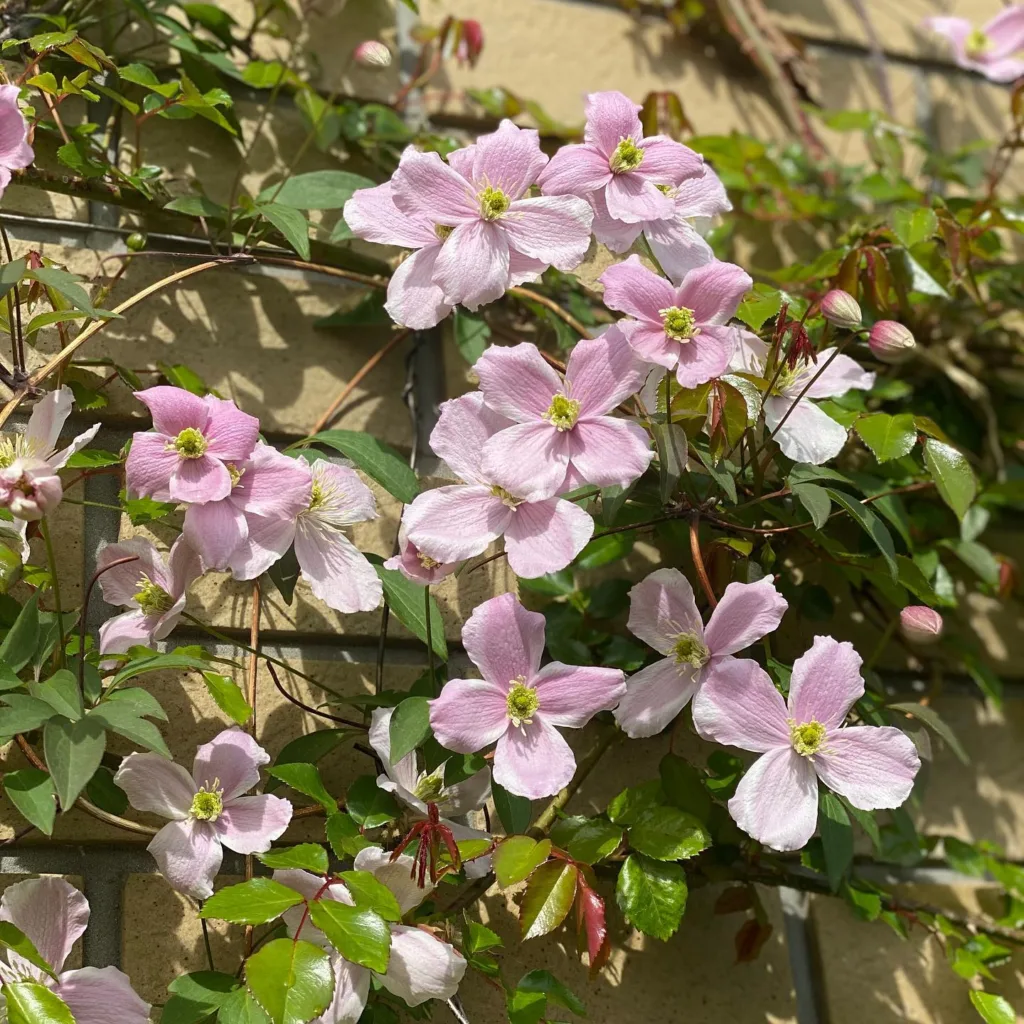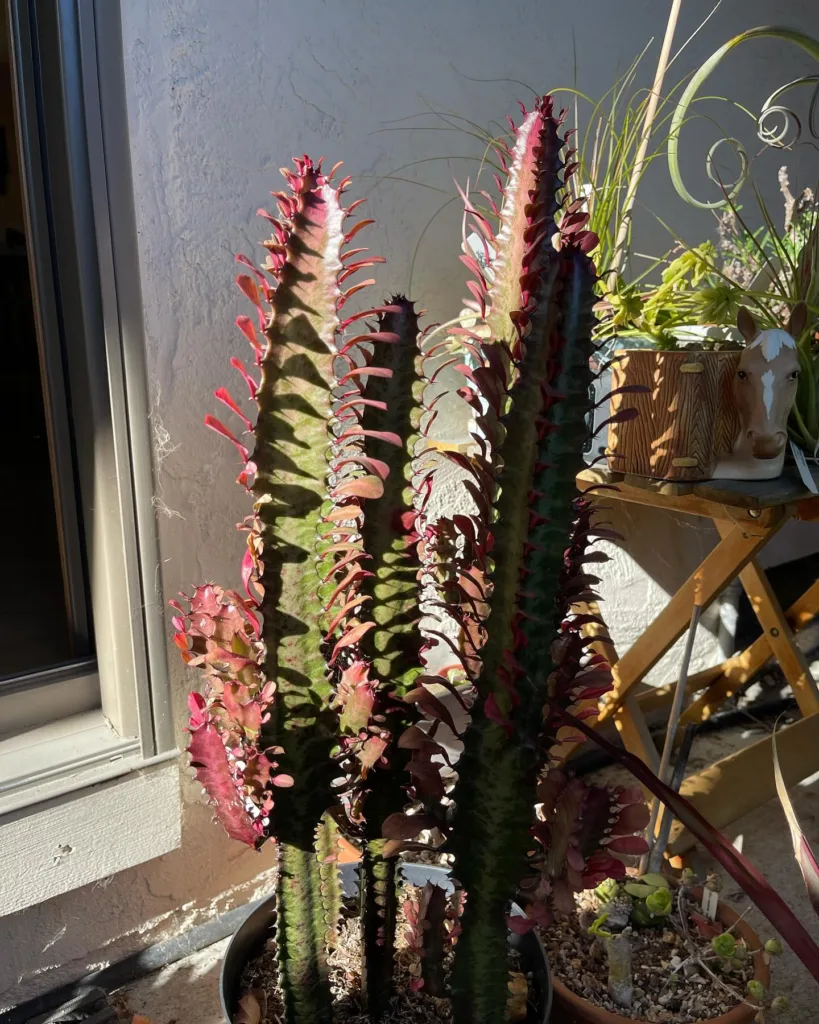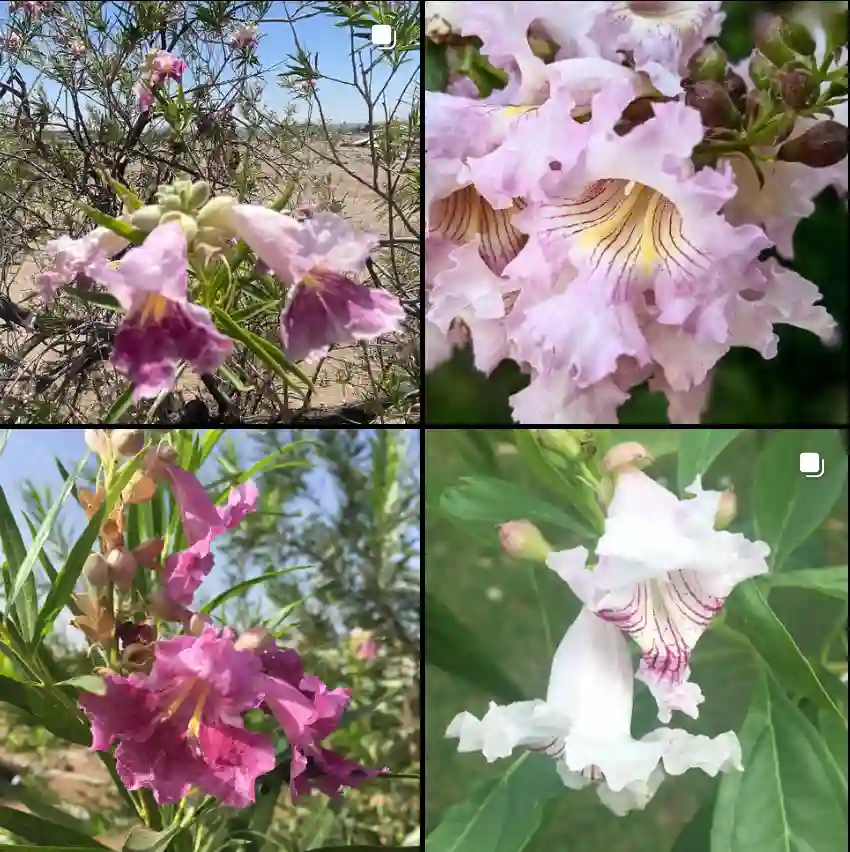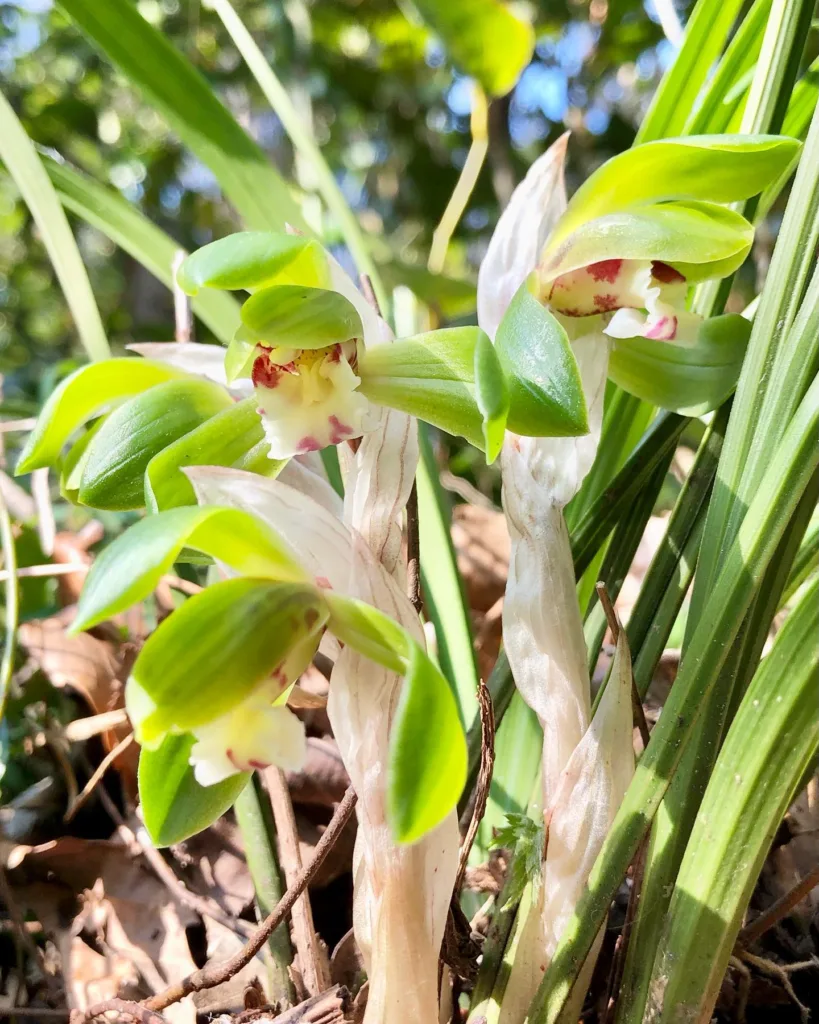Adenia Perrieri: A Guide to This Enchanting Succulent
Hi everyone, Ferb Vu here! Today, we’re diving into the world of a truly captivating succulent: the Adenia perrieri. This unique plant boasts a caudex (a swollen base) that adds a touch of whimsy to any collection.
If you’re curious about this fascinating succulent, you’ve come to the right place. This FAQ will answer all your burning questions about Adenia perrieri, from its characteristics to its care routine.
105 Species in Genus Adenia
What is Adenia perrieri?
Adenia perrieri is a succulent belonging to the Passifloraceae family. It’s native to Madagascar, where it thrives in dry, deciduous forests. Known for its captivating caudex, this succulent can develop a fascinatingly bulbous base over time. The caudex stores water, helping the plant survive periods of drought.
Adenia perrieri boasts beautiful, glossy leaves that emerge in spring and summer. The leaves are typically lobed or deeply divided, adding to the plant’s visual intrigue. While some Adenia perrieri may produce small, inconspicuous flowers, the true star of the show is undoubtedly the caudex.
How to Care for Adenia perrieri?
Providing the right care for your Adenia perrieri is essential to ensure it thrives. Here’s a breakdown of its key requirements:
- Light: Adenia perrieri enjoys bright, indirect light. Avoid harsh, direct sunlight, especially during the hottest part of the day. South-facing windows might be too intense, so consider east or west-facing ones instead.
- Watering: Water your Adenia perrieri thoroughly during its active growing season (spring and summer), allowing the soil to dry completely between waterings. During the winter dormancy period, reduce watering significantly. Overwatering can lead to root rot, so err on the side of caution.
- Soil: Adenia perrieri requires a well-draining potting mix. A succulent or cactus mix amended with perlite or pumice for added drainage is ideal.
- Temperature: Adenia perrieri prefers warm temperatures, ideally between 65°F and 80°F (18°C and 27°C). Protect it from frost and cold drafts.
- Fertilizing: A balanced fertilizer diluted to half strength can be applied during the growing season once a month. Avoid overfertilizing, as this can damage the plant.
How to Propagate Adenia perrieri?
Propagating Adenia perrieri can be a rewarding experience. Here are two common methods:
- Stem cuttings: Take stem cuttings in spring or summer. Choose healthy, non-flowering stems and allow the cut end to callous over for a few days. Plant the cutting in a well-draining potting mix and keep it slightly moist. Provide warmth and indirect light, and roots should develop within a few weeks.
- Seeds: Seed propagation can be a bit more challenging but offers a sense of accomplishment. Sow seeds in a well-draining mix and keep them moist but not soggy. Provide warmth and bright, indirect light. Germination can take several weeks, so be patient.
What to Plant with Adenia perrieri?
Due to its unique form and succulent nature, Adenia perrieri pairs well with other drought-tolerant plants. Here are some ideas:
- Other succulents: Combine your Adenia perrieri with Echeveria, Haworthia, or Aloe vera for a stunning succulent display.
- Cacti: Cacti with similar sun and water requirements, such as Mammillaria or Opuntia, can create a delightful desert-inspired arrangement.
- Small flowering plants: Adding a splash of color with small, low-growing flowering plants like Portulacaria afra or miniature kalanchoes can complement the Adenia perrieri’s form.
Final Thoughts on Adenia perrieri
Adenia perrieri is a captivating succulent that adds a touch of the exotic to any collection. With its unique caudex and beautiful foliage, it’s sure to become a conversation starter. By following these simple care tips, you can ensure your Adenia perrieri thrives and brings you joy for years to come.
If you have any further questions about Adenia perrieri or succulent care in general, feel free to leave a comment below!
If i die, water my plants!



